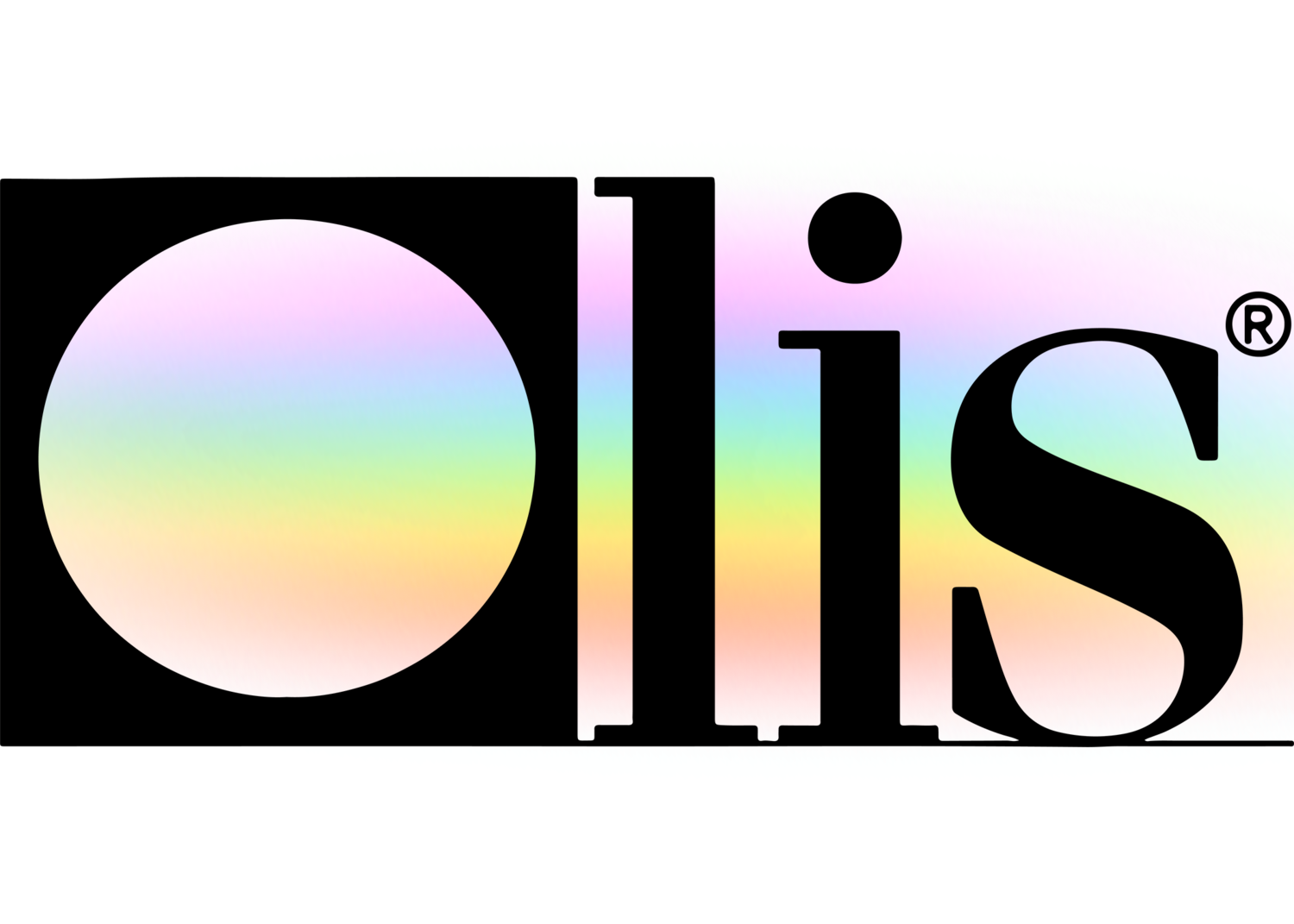Uv/vis/nir for Dummies
Uv/vis/nir for Dummies
Blog Article
The Best Strategy To Use For Spectrophotometers
Table of ContentsA Biased View of Circularly Polarized Luminescence8 Easy Facts About Spectrophotometers DescribedThe 6-Second Trick For Uv/visIndicators on Circular Dichroism You Need To Know3 Easy Facts About Uv/vis/nir Shown

Spectrophotometry is a tool that hinges on the quantitative analysis of molecules depending on how much light is taken in by colored compounds.
What Does Spectrophotometers Mean?
A spectrophotometer is frequently used for the measurement of transmittance or reflectance of services, transparent or nontransparent solids, such as refined glass, or gases. Many biochemicals are colored, as in, they take in noticeable light and therefore can be determined by colorimetric procedures, even colorless biochemicals can often be converted to colored compounds ideal for chromogenic color-forming reactions to yield substances ideal for colorimetric analysis.: 65 However, they can likewise be created to determine the diffusivity on any of the noted light varieties that usually cover around 2002500 nm using various controls and calibrations.
An example of an experiment in which spectrophotometry is utilized is the decision of the equilibrium constant of an option. A particular chemical reaction within a service might happen in a forward and reverse direction, where reactants form items and items break down into reactants. At some time, this chemical reaction will reach a point of balance called a stability point.
The Greatest Guide To Circular Dichroism
The quantity of light that travels through the option is indicative of the concentration of particular chemicals that do not enable light to travel through. The absorption of light is due to the interaction of light with the electronic and vibrational modes of particles. Each kind of particle has a private set of energy levels connected with the makeup of its chemical bonds and nuclei and hence will take in light of specific wavelengths, or energies, leading to special spectral homes.
Making use of spectrophotometers covers various clinical fields, such as physics, products science, chemistry, biochemistry. circularly polarized luminescence, chemical engineering, and molecular biology. They are commonly used in many industries consisting of semiconductors, laser and optical production, printing and forensic evaluation, as well as in labs for the research study of chemical substances. Spectrophotometry is frequently utilized in measurements of enzyme activities, decisions of protein concentrations, determinations of enzymatic kinetic constants, and measurements of ligand binding reactions.: 65 Ultimately, a spectrophotometer is able to figure out, depending upon the control or calibration, what substances exist in a target and exactly how much through calculations of observed wavelengths.
Developed by Arnold O. Beckman in 1940 [], the spectrophotometer was developed with the aid of his associates at his company National Technical Laboratories founded in 1935 which would become Beckman Instrument Business and eventually Beckman Coulter. This would come as a solution to the formerly developed spectrophotometers which were unable to absorb the ultraviolet correctly.
What Does Spectrophotometers Mean?
It would be found that this did not provide satisfactory results, therefore in Model B, there was a shift from a glass to a quartz prism which enabled better absorbance outcomes - circular dichroism (https://linktr.ee/olisclarity1). From there, Design C was born with a modification to the wavelength resolution which wound up having three units of it produced
It irradiates the sample with polychromatic light which the sample absorbs depending on its homes. Then it is sent back by grating the photodiode range which identifies the wavelength area of the spectrum. Given that then, the development and application of spectrophotometry gadgets has increased tremendously and has actually become one of the most innovative instruments of our time.

Spectrophotometers Things To Know Before You Get This
The grating can this hyperlink either be movable or repaired.
In such systems, the grating is fixed and the intensity of each wavelength of light is determined by a different detector in the array. When making transmission measurements, the spectrophotometer quantitatively compares the fraction of light that passes through a reference option and a test solution, then electronically compares the strengths of the 2 signals and calculates the percentage of transmission of the sample compared to the recommendation standard.

Report this page